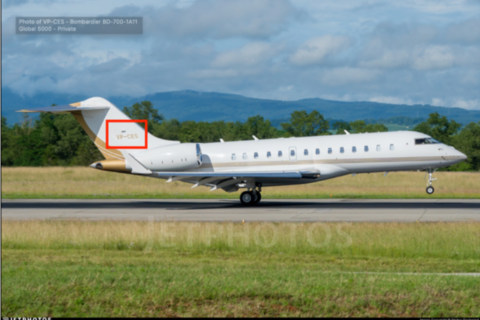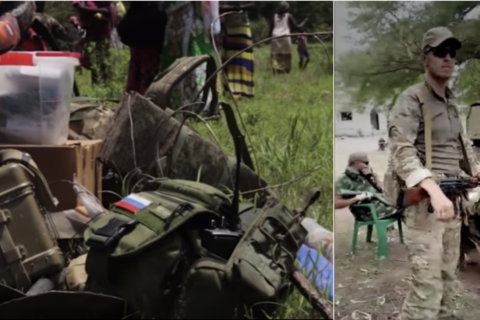Conflict ID
ConflictID collects, classifies, and analyzes images of weapons from the conflict in South Sudan, one of the least documented in the world.

ConflictID
The ConflictID dataset contains:
-
More than 1,000 images from social media, public reporting, and research partners,
-
Images from 2013 to 2018 – prior to the UN arms embargo on South Sudan,
-
Small arms, light weapons, heavy weapons, and vehicles
-
Weapons and vehicles manufactured in China, Russia, Sudan, Canada, Israel, and more.
South Sudan achieved independence in 2011, after decades of war with Sudan. In December 2013, civil war broke out after Vice President Riek Machar split with President Salva Kiir. Fighting between Kiir’s government forces and Machar’s opposition forces then engulfed South Sudan.
The ensuing conflict has involved various warring parties – namely the government forces, or South Sudan People’s Defense Forces (SSPDF, originally known as SPLA) and the largest opposition force: Machar’s Sudan People’s Liberation Army – In Opposition (SPLA-IO). Throughout this conflict there have been various attempts to broker peace, including the newly-created unity government in February 2020.
From the onset of the civil war, both the government and opposition forces procured weapons from around the world. Global weapons and vehicle suppliers from China, Russia, Canada, Israel, and others have profited from conflict in South Sudan, as documented by journalists, researchers, and the United Nations Panel of Experts. As South Sudan does not manufacture weapons domestically, any weapon found in South Sudan has either been imported from abroad, or remains from the period before independence. This trade has regional implications, as many of the weapons used in South Sudan have passed through its neighboring countries. In some cases, weapons have been procured from Sudan, which manufactures weapons domestically.
Since December 2013, an estimated 400,000 people have been killed in South Sudan and over 2 million have been displaced. Despite international outcry over human rights abuses, crimes against humanity, and gender-based violence, only the European Union implemented a ban on selling weapons to South Sudan in the early years of the civil war. The United Nations did not institute its own arms embargo on South Sudan until July 2018.
Consequently, with limited exceptions, international weapons sales to South Sudan were legal during nearly five years of the conflict. Additionally, weapons have been frequently circulated between warring parties by means of capture, sale, or defection. The circulation of weapons within South Sudan poses a serious challenge for monitoring weapons proliferation and the peaceful settlement of ongoing conflict.
In May 2020, the United Nations renewed the South Sudan arms embargo for an additional year. Yet South Sudan’s conflict remains one of the least documented of the last decade, resulting in a dearth of information available to inform the decision-making of UN Member States. On-the-ground reporting from journalists, NGOS, and the UN has illuminated the role of global suppliers perpetuating this conflict. Still, weapons identification and monitoring efforts have been hampered by dangerous conditions, porous borders, and the scarcity of reliable data.
ConflictID takes a unique approach to this challenge by analyzing publicly availably imagery sources to support conventional weapons monitoring in South Sudan. We collected imagery of weapons in South Sudan from social media, news reports, and expert contributions, building a repository of images from late 2013 to mid 2018. Weapons captured in these images, all from the critical period before the United Nations arms embargo, were then classified and made available here. ConflictID is a resource for arms researchers, peacekeepers, and investigators who seek to better understand the weapons that have fueled conflict in South Sudan.





